
There are 47 individual Wildlife Trusts covering the whole of the UK and the Isle of Man and Alderney. Together The Wildlife Trusts are the largest UK voluntary organization dedicated to protecting wildlife and wild places everywhere at land and sea. They are supported by 791,000 members, 150,000 of whom belong to their junior branch, Wildlife Watch. Every year The Wildlife Trusts work with thousands of schools, and their nature reserves and visitor centres receive millions of visitors. The Wildlife Trusts work in partnership with hundreds of landowners and businesses across the UK in towns, cities and the wider countryside. Building on their existing network of 2,250 nature reserves, The Wildlife Trusts recovery plan for the UKs wildlife and fragmented habitats, known as A Living Landscape, is being achieved through restoring, recreating and reconnecting large areas of wildlife habitat.
As well as protecting wildlife this is helping to safeguard the ecosystems that we depend on for services like clean air and water. The Wildlife Trusts are also working to protect the UKs marine environment. They are involved with many marine conservation projects around the UK, often surveying and collecting vital data on the state of our seas. Every year they run National Marine Week in August a two-week celebration of our seas with hundreds of events taking place around the UK. All 47 Wildlife Trusts are members of the Royal Society of Wildlife Trusts (Registered charity number 207238). To find your local Wildlife Trust visit wildlifetrusts.org  First published in 2010 by New Holland Publishers (UK) Ltd This edition published in 2014 by Bloomsbury Publishing Plc This electronic edition published in 2014 by Bloomsbury Publishing Plc Copyright 2014 text and illustrations Bloomsbury Publishing Plc All rights reserved
First published in 2010 by New Holland Publishers (UK) Ltd This edition published in 2014 by Bloomsbury Publishing Plc This electronic edition published in 2014 by Bloomsbury Publishing Plc Copyright 2014 text and illustrations Bloomsbury Publishing Plc All rights reserved
You may not copy, distribute, transmit, reproduce or otherwise make available this publication (or any part of it) in any form, or by any means (including without limitation electronic, digital, optical, mechanical, photocopying, printing, recording or otherwise), without the prior written permission of the publisher.
Any person who does any unauthorised act in relation to this publication may be liable to criminal prosecution and civil claims for damages. Bloomsbury Publishing Plc, 50 Bedford Square, London WC1B 3DP www.bloomsbury.com Bloomsbury Publishing, London, New Delhi, New York and Sydney A CIP catalogue record for this book is available from the British Library Library of Congress Cataloging-in-Publication Data has been applied for Design by Alan Marshall ISBN (epub) 978-1-4729-1575-7
ISBN (ePDF) 978-1-4729-1576-4 Printed in China by C&C Offset Printing Co Ltd. This book is produced using paper that is made from wood grown in managed sustainable forests. It is natural, renewable and recyclable. The logging and manufacturing processes conform to the environmental regulation of the country of origin. ContentsIntroduction Birds are probably the most familiar class of animal in Britain and Ireland. ContentsIntroduction Birds are probably the most familiar class of animal in Britain and Ireland.
Of the worlds 10,000 or so species about 420 breed in Europe, and of these over 200 species regularly breed in Britain and Ireland. Recognizing Birds This handy and portable book provides basic practical information, including variations in plumage colours, to enable quick identification of species in the field. The size of each species is given in average lengths. As you become more experienced you will be able to recognize some species very quickly and at a distance. Recognizing birds involves answering a number of questions. How does it fly? What is its shape? Are there any distinguishing characteristics, such as the shape of the bill, the length of the tail or the length of the legs? What are the colours? Are there any characteristic plumage patterns? How does the bird behave? What noise does it make? Where is it? The answers to all these questions will help you to identify the species to which a bird belongs.
The flight of species or groups of birds can be a major clue to their identity. Woodland birds such as woodpeckers have a distinctly undulating flight, which is particularly noticeable when they are flying across an open area. Kingfishers have a fast and direct flight often close to the surface of water. The shape in flight may also be distinctive: ducks have pointed wings that move rapidly and necks that are outstretched. Colour is not always a good guide, because the quality of light and the effect of local colour can cause variations that no book can cater for. The patterns of the plumage are probably more important.
Note that the plumage of birds can vary at different times of the year and at intermediate stages, for example between juveniles and non-breeding birds. Behaviour of birds differs between species. Ducks, for example, can be divided into two groups depending on their feeding behaviour. One group dives beneath the surface to feed, while the other feeds from the surface. Many species are likely to be seen in flocks, while others are generally seen singly. Some, such as Bullfinches, are frequently seen in pairs.
To assist in recognition, look at the way a bird is feeding and relating to other birds. The songs, calls and other noises that birds make are obvious, if difficult identification characteristics. Everyone is familiar with the call of the male Cuckoo, a bird more often heard than seen, but how many of us can recognize the bubbling call of the female? The call of the Kingfisher may be the first clue to its presence, and the skulking Nightingale is recognized more frequently by its song than visually. The best way to build your identification skills is to become familiar with the birds you see or hear often. This will give you a series of yardsticks with which to compare other species. Bird Topography The illustration of a female Reed Bunting below shows some of the key terms used to describe the main features of birds.  Mute SwanCygnus olor
Mute SwanCygnus olor SIZE AND DESCRIPTION 152cm.
SIZE AND DESCRIPTION 152cm.  Mute SwanCygnus olor
Mute SwanCygnus olor SIZE AND DESCRIPTION 152cm.
SIZE AND DESCRIPTION 152cm.
Largest flying bird in Britain. Adult is all white, juvenile grey-brown. Distinguished from wintering Bewicks and Whooper Swans by orange bill with black knob at base (smaller in female) and more graceful curve to neck. VOICE Generally silent; hisses when angry or disturbed. HABITAT Almost any still or slow-moving inland water body; also estuaries and sheltered coastal regions. Found across northern and western Europe.
Resident in Britain. FOOD AND HABITS Usually feeds on water by dipping its neck below the surface, sometimes up-ending. Nest a large mound of plant matter on the edges of water bodies.

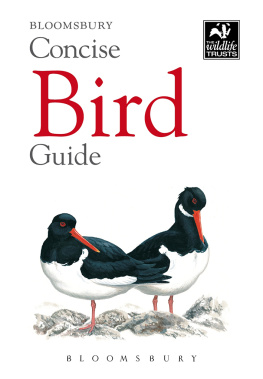
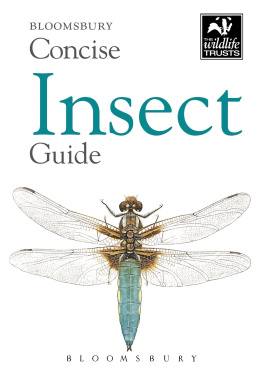
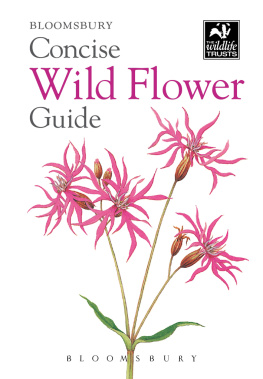

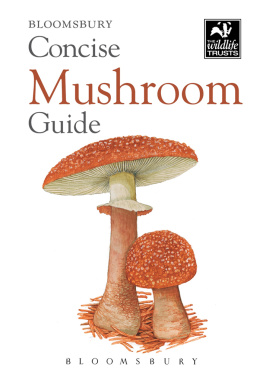
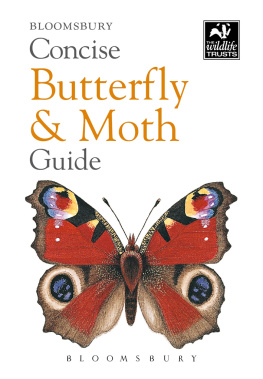
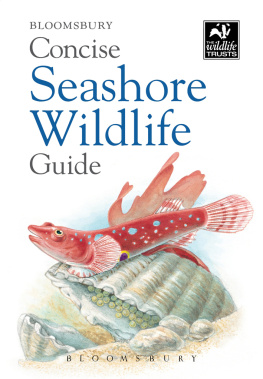
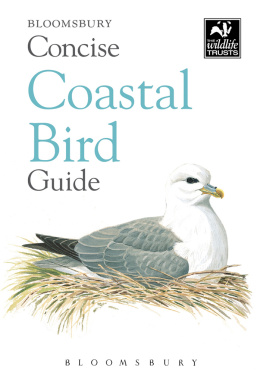
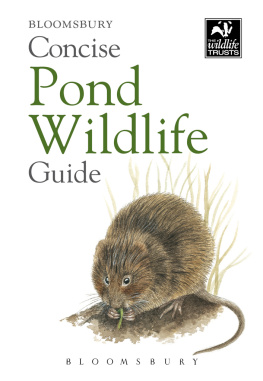
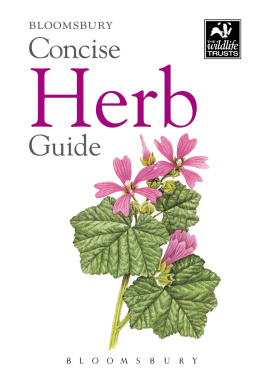
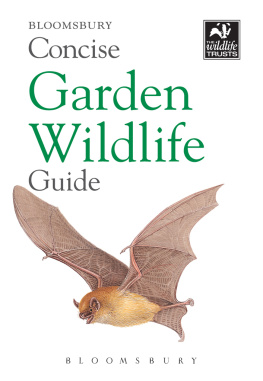
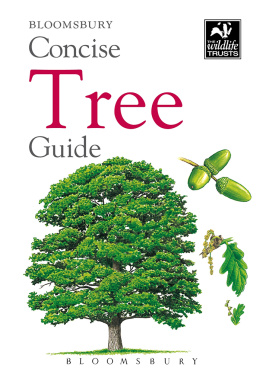
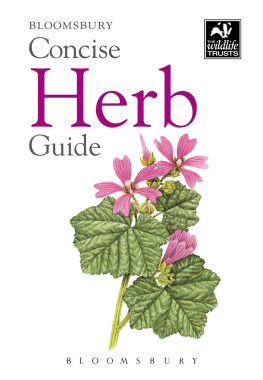
 There are 47 individual Wildlife Trusts covering the whole of the UK and the Isle of Man and Alderney. Together The Wildlife Trusts are the largest UK voluntary organization dedicated to protecting wildlife and wild places everywhere at land and sea. They are supported by 791,000 members, 150,000 of whom belong to their junior branch, Wildlife Watch. Every year The Wildlife Trusts work with thousands of schools, and their nature reserves and visitor centres receive millions of visitors. The Wildlife Trusts work in partnership with hundreds of landowners and businesses across the UK in towns, cities and the wider countryside. Building on their existing network of 2,250 nature reserves, The Wildlife Trusts recovery plan for the UKs wildlife and fragmented habitats, known as A Living Landscape, is being achieved through restoring, recreating and reconnecting large areas of wildlife habitat.
There are 47 individual Wildlife Trusts covering the whole of the UK and the Isle of Man and Alderney. Together The Wildlife Trusts are the largest UK voluntary organization dedicated to protecting wildlife and wild places everywhere at land and sea. They are supported by 791,000 members, 150,000 of whom belong to their junior branch, Wildlife Watch. Every year The Wildlife Trusts work with thousands of schools, and their nature reserves and visitor centres receive millions of visitors. The Wildlife Trusts work in partnership with hundreds of landowners and businesses across the UK in towns, cities and the wider countryside. Building on their existing network of 2,250 nature reserves, The Wildlife Trusts recovery plan for the UKs wildlife and fragmented habitats, known as A Living Landscape, is being achieved through restoring, recreating and reconnecting large areas of wildlife habitat.  First published in 2010 by New Holland Publishers (UK) Ltd This edition published in 2014 by Bloomsbury Publishing Plc This electronic edition published in 2014 by Bloomsbury Publishing Plc Copyright 2014 text and illustrations Bloomsbury Publishing Plc All rights reserved
First published in 2010 by New Holland Publishers (UK) Ltd This edition published in 2014 by Bloomsbury Publishing Plc This electronic edition published in 2014 by Bloomsbury Publishing Plc Copyright 2014 text and illustrations Bloomsbury Publishing Plc All rights reserved Mute SwanCygnus olor
Mute SwanCygnus olor SIZE AND DESCRIPTION 152cm.
SIZE AND DESCRIPTION 152cm.